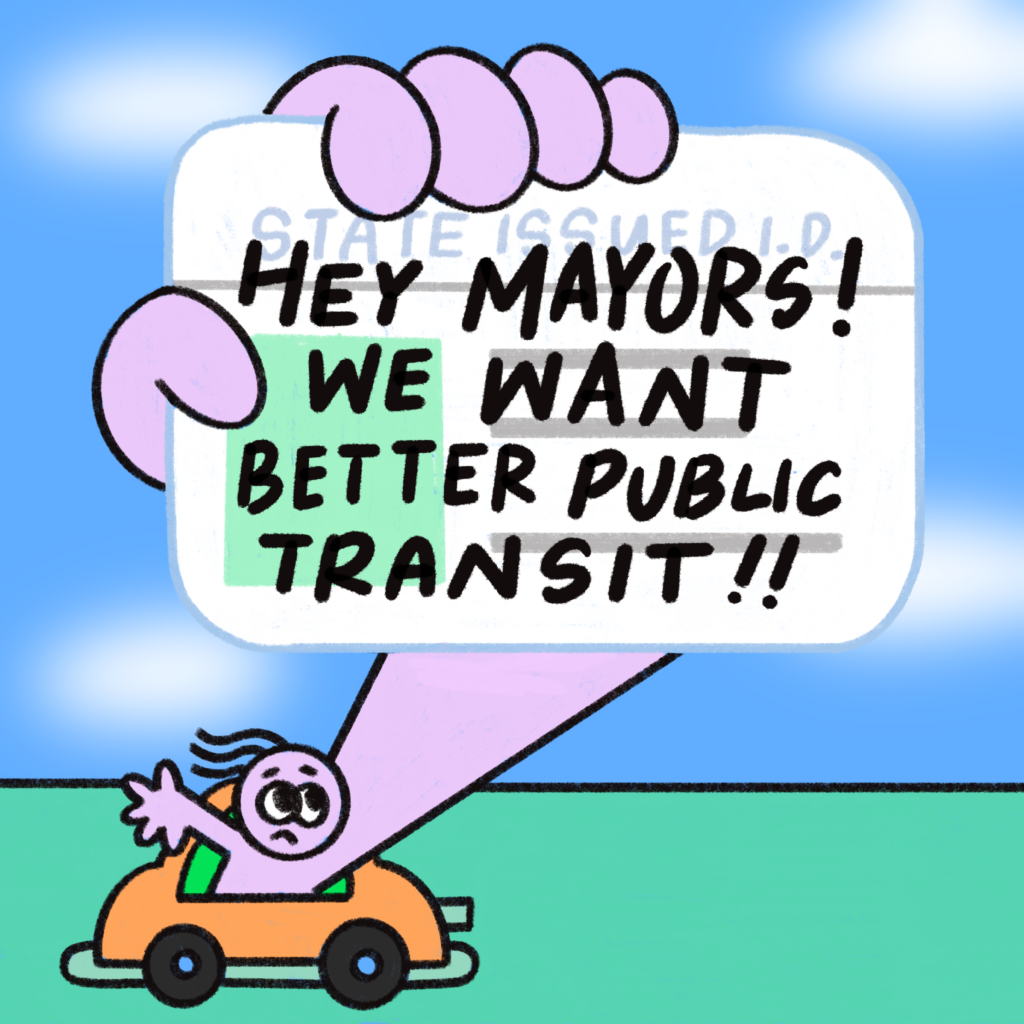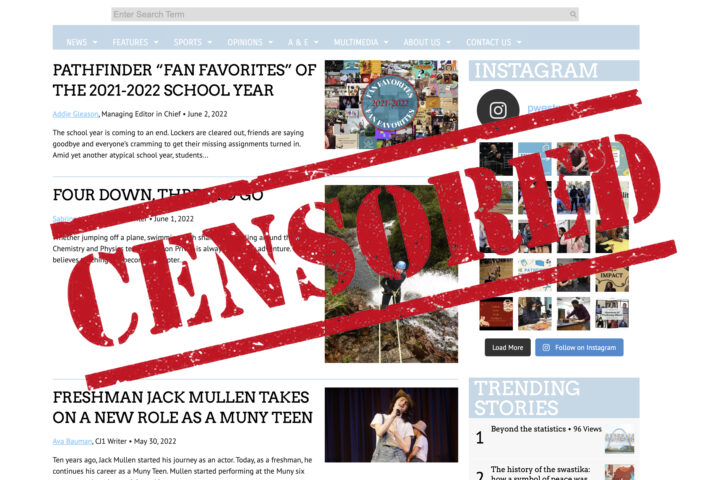Sure, they’re innovative, but apps like Uber and Lyft frustrate me to no end. It’s nothing to do with the companies or the service itself, but rather my reliance on these apps and what that means for the state of American infrastructure.
According to the American Public Transportation Association, 45 percent of Americans are unable to access public transit. This means that nearly half of all Americans rely on cars or other private transportation to get around.
While most Americans wouldn’t think twice about belonging to a car-reliant society, it’s important to consider the wider implications of mass car transit. Between matters of sustainability, cost, and accessibility, cars create far more problems than we like to admit.
America, it’s time to do something about our public transportation problem.

For the past four months, I’ve been studying abroad in Copenhagen, Denmark. While my experience abroad has been a wonderful opportunity to explore a new culture, it’s also shown me a lot about America. Aside from its designer furniture and pastel-colored row houses, Copenhagen is well-known for its reliable and robust public transportation system. With my mobile Commuter Card, I have unlimited access to trains, buses, and the Metro, which run throughout the inner city and its outer neighborhoods. Barring certain scheduled maintenance periods, most lines operate all night, too.
When my friends in Copenhagen and I talk about what we’ll miss most in Europe when we return to the United States, it never takes long before someone says public transportation.
Americans across the country have been voicing their complaints about the public transportation system, or often the lack of one, for years now. When will mayors and those with the power to influence the infrastructure do something to make American towns and cities places worth living in?
Of course, I can’t deny that there are outliers in the United States. I’ve taken my fair share of rides on New York’s subway lines, but even in the Big Apple, arguably America’s only walkable city, public transportation has its shortcomings.
In neglecting public transportation, American legislators create far more problems than they perhaps realize. Of course, one of the most common arguments for improved public transportation is its environmental benefits. By condensing the number of private vehicles on the road, cities and towns can significantly reduce their greenhouse gas emissions.
Beyond sustainability, improving public transportation bridges mobility gaps people who drive and those who do not. Although approximately 84.1% of eligible Americans have a driver’s license, it cannot be expected that every single one of these drivers has reliable access to a car. Between gas prices and monthly costs, owning and operating a car is a tremendous financial undertaking that simply is not feasible for all licensed drivers. Public transportation poses a far cheaper solution.
But what about Americans without licenses? Should they be denied the ability to get around in our car-dependent society?
Consider young Americans. Robust public transportation systems give towns and cities’ younger populations the opportunity to travel independently. Though the minimum driving age varies, most young Americans can’t get around by themselves until they are at least halfway through high school.
As someone who has fired off probably more than a hundred texts asking for a ride home from various school and social events, there is nothing I wouldn’t have given to be able to just hop on a city bus instead.
Accessible public transportation is also an important option for disabled and elderly individuals who may otherwise be unable to drive themselves.
When we increase transportation equity, we create new economic, educational, and recreational opportunities for individuals. It may even strengthen our democracy itself. Following the 2016 presidential election, a Harvard University poll found that amongst nonvoters, 14% said that transportation was a “major factor” that influenced their decision not to vote.
In the spirit of upholding democratic values, it should be an integral goal of legislators to remove any and all barriers to voting that citizens might face. The results of the Harvard study make it clear: public transportation is a key component of achieving true civic freedom.
Mayors, it’s time to do better. Invest in your constituents by investing in public transportation. Give them the courage to delete Uber.



